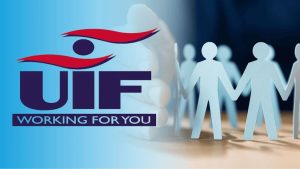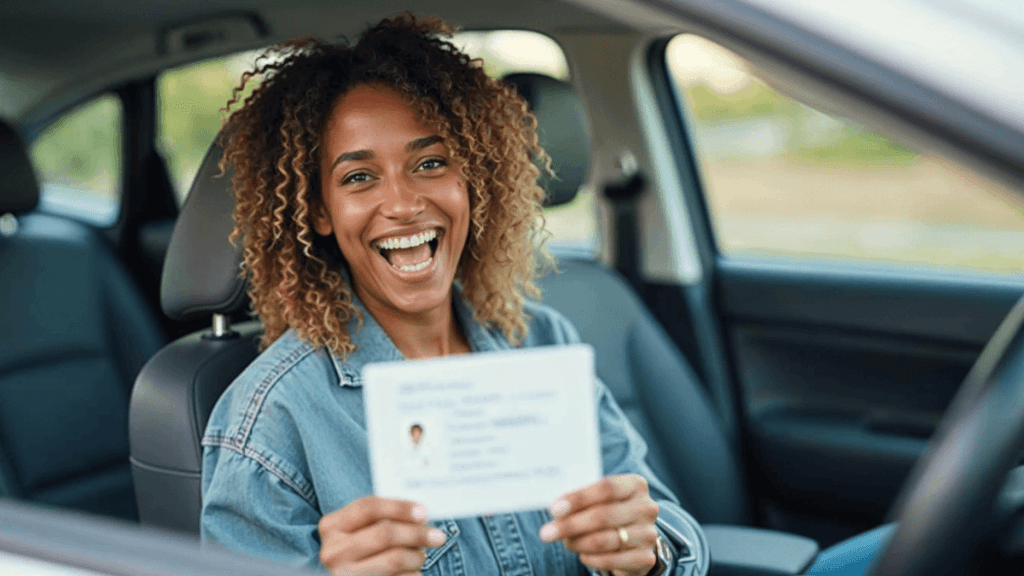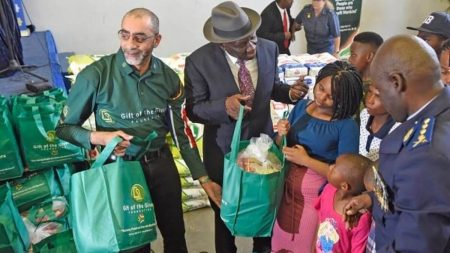Losing your ID can be stressful, especially when it’s one of the most important documents you carry. In South Africa, your ID book or card is essential for many everyday activities like opening a bank account, accessing government services, or even getting a job. So, what do you do if your ID is lost, stolen, or damaged? Don’t worry — there are several ways you can still prove who you are until you get a replacement. Here are five simple and effective ways to prove your identity when you lose your ID.
1. Request a Temporary Identification Certificate (TIC)
If your ID is lost or stolen, your first step should be to visit the Department of Home Affairs and request a Temporary Identification Certificate (TIC). This certificate acts as a temporary ID and helps you prove your identity in many official situations while you wait for your new ID card.
The TIC is valid for 30 days and can be extended if necessary. It contains your personal details, photograph, and a unique number, so institutions like banks, police, and other government departments can verify who you are. It’s important to get a TIC quickly because it’s the official way to show your identity in South Africa when your ID card is missing.
Where to get a TIC:
Go to your nearest Home Affairs office with a police report (if your ID was stolen), or simply apply if lost. The staff will help you fill in the necessary forms. It usually takes a few days to process.
2. Use Other Government-Issued Documents
If you have lost your main ID but still have other official documents, these can serve as proof of your identity temporarily. Some documents that might help include:
Your birth certificate
A valid passport
Your driver’s license (if not lost)
A Social Security card (if applicable)
These documents might not replace your ID fully, but they can help you confirm your identity for certain purposes like applying for a new ID, opening accounts, or verifying your identity for services.
For example, your birth certificate proves your name and date of birth, which are important personal details. A passport is a strong identity document used for travel and can sometimes be accepted locally as proof of identity.
3. Verify Identity Online or Biometrically
In today’s digital world, some services and institutions offer identity verification using technology. This can be especially useful if you need to prove who you are quickly or remotely.
Biometric verification involves using your unique physical characteristics — like fingerprints or facial recognition — to confirm your identity. The Department of Home Affairs has biometric data linked to your ID records, so they can confirm your identity even if you don’t have your physical ID card.
Some online platforms also allow you to upload multiple documents and answer personal questions to verify your identity digitally. This is useful for things like banking, applying for government grants, or accessing certain online services.
While biometric and online verification may not replace your official ID, they can help you prove your identity when physical documents are not available.
4. Report and Replace Lost IDs Quickly
Once you discover your ID is missing, it’s important to act fast:
File a police report: This is essential if your ID was stolen. The police report serves as proof that your ID is no longer in your possession and can protect you from identity theft or fraud.
Notify the issuing authorities: Contact the Department of Home Affairs immediately to report your lost ID and start the replacement process.
Apply for replacement IDs: To get a new ID, you will need supporting documents such as your birth certificate or any other ID you still have. The replacement process can take some time, so the sooner you apply, the better.
Replacing your lost ID quickly not only restores your ability to prove who you are but also protects you from possible misuse of your ID by criminals.
5. Use Identity Verification Services
If you don’t have any physical ID documents available, there are digital identity verification services you can use. One example is ID.me, which provides digital identity verification for people without government-issued photo IDs.
These services usually require you to submit other forms of identification like utility bills, bank statements, or proof of address. Some may also verify your identity through a video call or an in-person appointment.
Though these services are more common internationally, South Africa is slowly adopting similar digital identity verification solutions, especially for online banking, government services, and employment.
Protect Yourself After Losing Your ID
After you prove your identity and replace your documents, it’s important to stay alert for any suspicious activity that might suggest identity theft. Monitor your bank accounts, credit records, and any government services you use. If you notice anything unusual, report it immediately.
Check also: Smart ID Cards for Naturalised Citizens, Permanent Residents
Losing your ID can feel overwhelming, but there are clear steps you can take to prove your identity and get back on track. Start by applying for a Temporary Identification Certificate at Home Affairs, use any other official documents you have, explore biometric and online verification options, report the loss quickly, and consider digital verification services if needed.
Being proactive and aware will help you avoid delays and protect yourself against fraud. Remember, your identity is precious, and there are always ways to prove it—even when your ID is lost.










